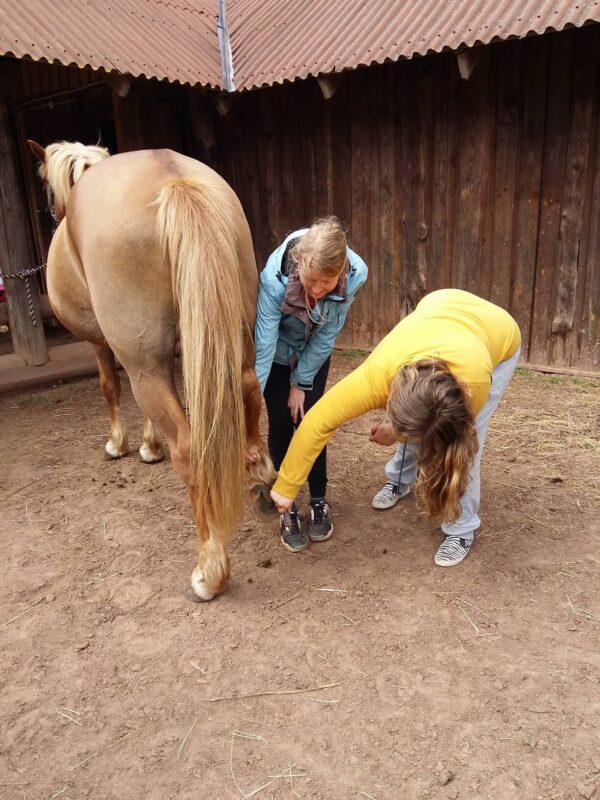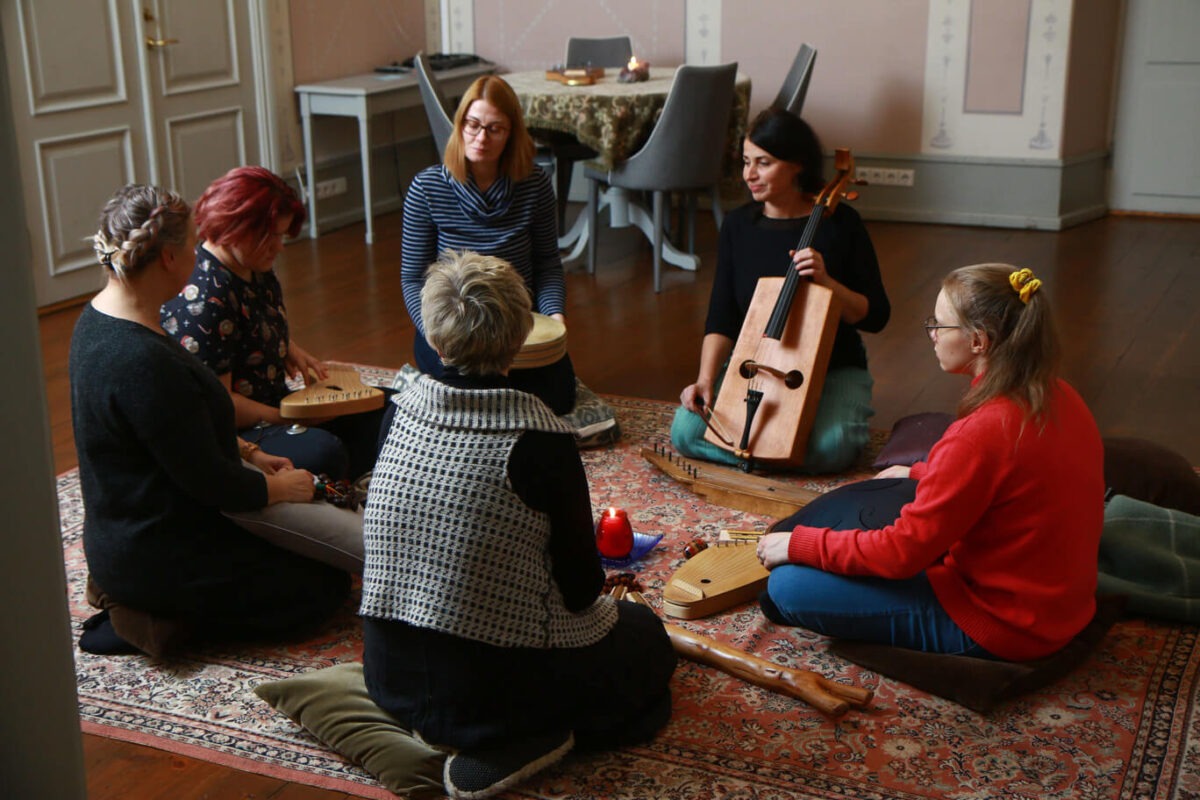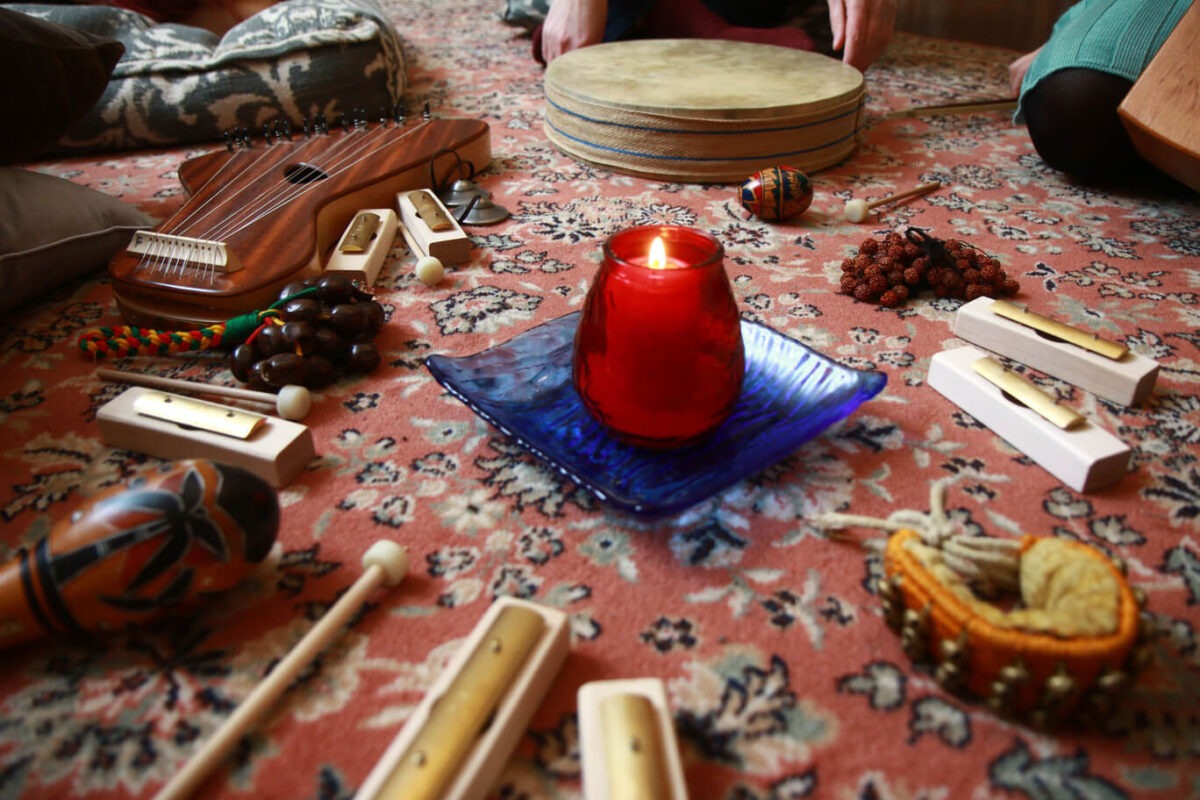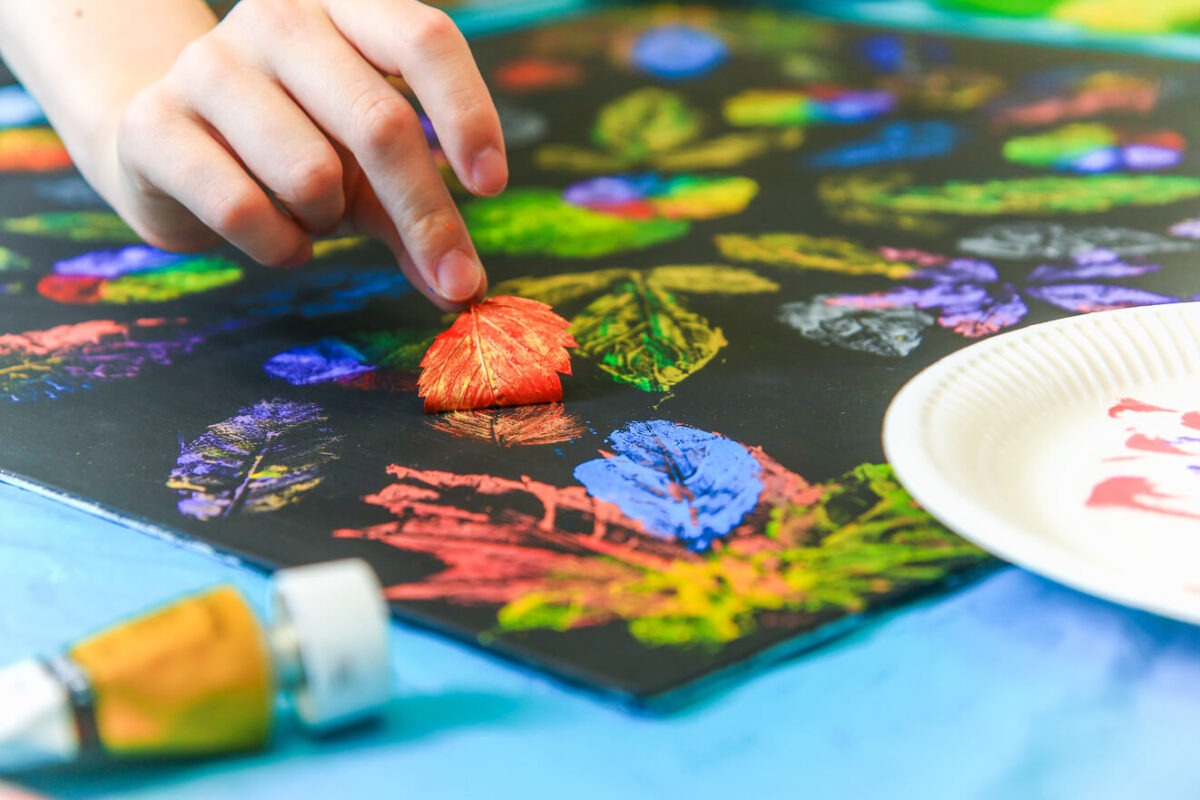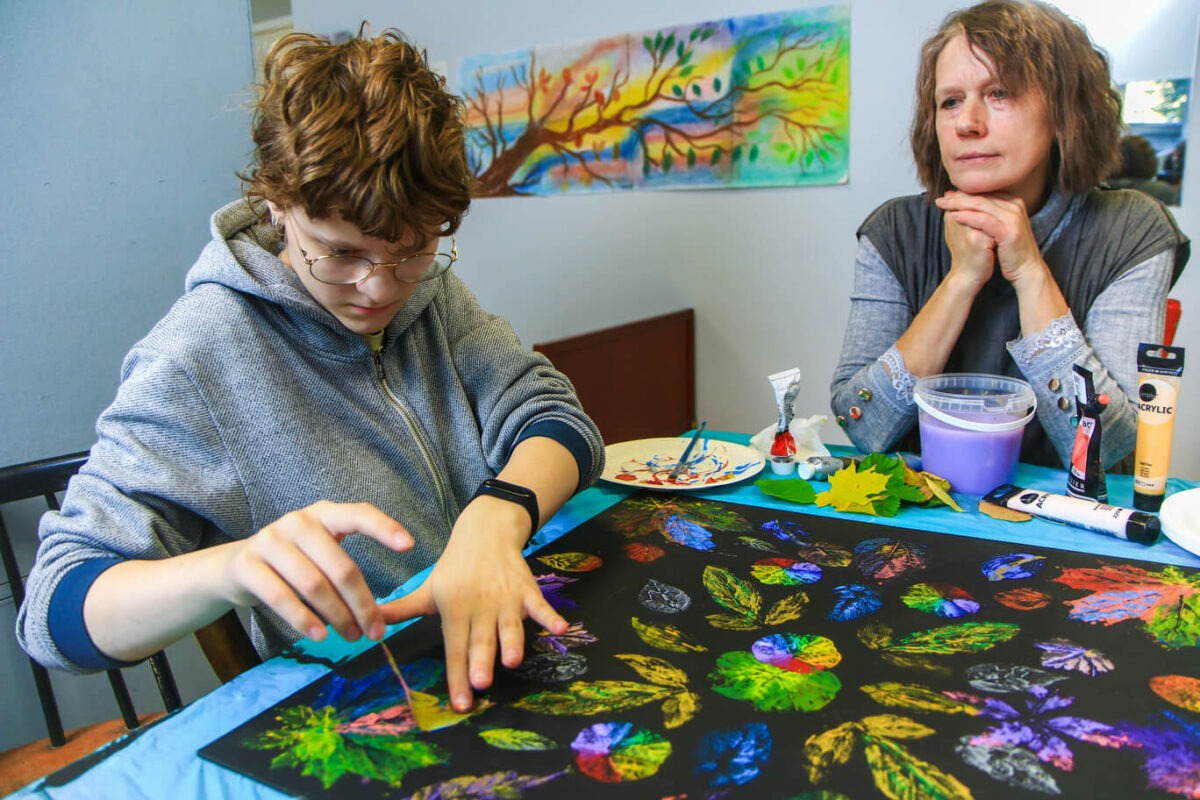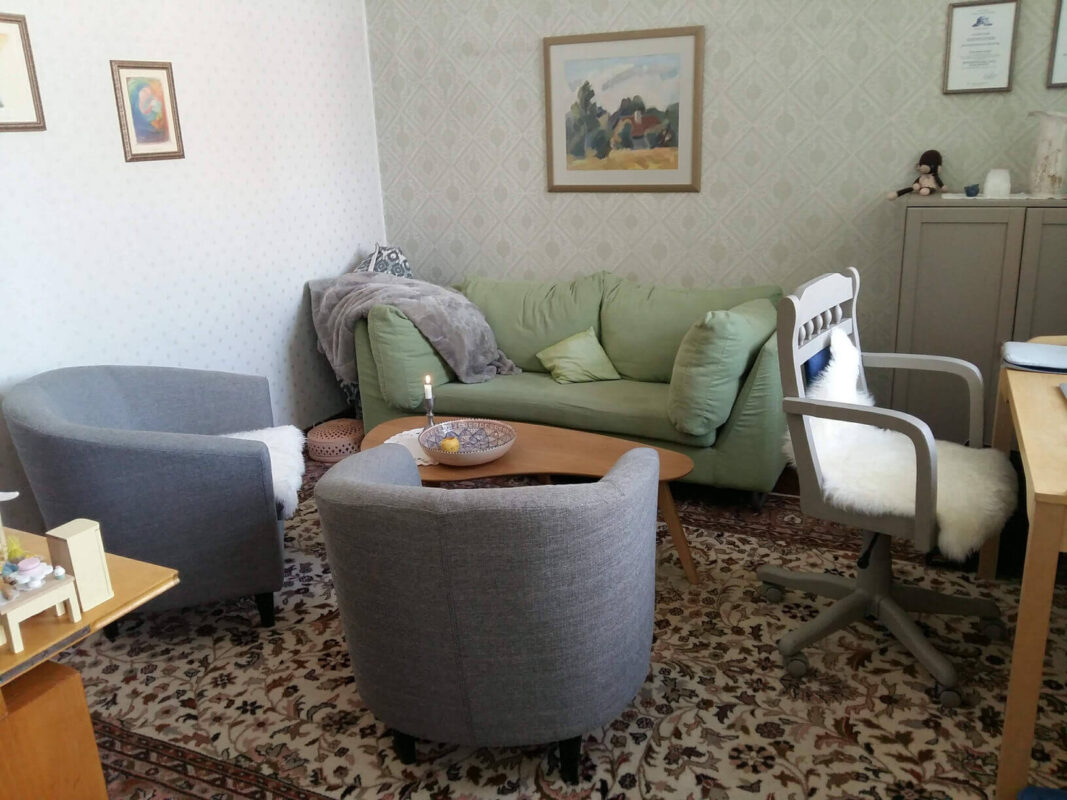THERAPIES
HIPPOTHERAPY
Involving a horse in the physiotherapy process allows the development of human sensorimotor activity and physical abilities. In addition, it allows input to the five senses of the human body (hearing, seeing, smelling, sensitivity to the touch and proprioception). Offering and experiencing different sensations to the body under controlled conditions helps the brain to organize the sensory information it receives. In this way, equestrian therapy supports the development of adequate body image and perception.
In addition, a walking horse produces 3-dimensional movements (up-down, right-left, forward-backward) in the rider’s body. Together, these movements create in the rider a sequence of movements similar to a person’s walk, which helps to correct the walking pattern. It can be stated that equestrian therapy helps the brain and body to understand what it is like to walk.
The therapeutic effect of a horse is also provided through its body temperature which is about 1.5 degrees higher than that of a human. This, in turn, allows the horse’s rhythm to normalize the muscle tone of the person and relax his/her tense muscles. It is also good to use a horse to improve balance and coordination since the horse is like a moving base that activates the various balance reactions of the person riding the horse.
Tuuli Bürkland (University of Tartu Clinic, Sports Medicine and Rehabilitation Clinic, physiotherapist, hippotherapist.)
Anne about hippotherapy
“Hippotherapy allows a young person to create a warm, close and trusting relationship with large animals, by taking care of them, combing them, harnessing them and providing them a unique emotional connection. It gives a new experience of intimacy, unconditional care and love. Physical contact, while riding a horse, provides an opportunity to experience a certain rhythm – step, trot, gallop – which in turn creates harmony, relaxation, and confidence and increases self-confidence, dignity and determination. In order to lead a horse, it is necessary to find the central axis of one’s own peace, courage and trust. The homestead of our equestrian therapist Tuuli in Kambjamaa offers a well-thought-out rural experience to every individual as well as to the whole group; here caring for different farm animals, a well-designed household and beautiful surrounding nature are in harmony with each other. It has been a unique experience for many young people.
Tuuli is a level-headed, determined and sensitive equestrian therapist who easily finds ways to establish contact with every young person. Our fruitful cooperation with Tuuli has been going on since the early years of the milieu therapy centre. ”
MUSIC THERAPY
Using music as a healing art. It is through melody, rhythm and harmony in live music that we become more aware of ourselves and experience a healing effect on the body, soul and spirit. Under the guidance of an experienced therapist, conditions are created to support and strengthen health and well-being, experience emotions, find balance and bring about conscious changes in life. It provides an opportunity to unleash creativity, find internal resources and strengths, support self-development and form collaboration.
Music therapist Karmen Linnamägi studied psychology (MSc) at the University of Tartu and anthroposophical music therapy at the Dorion School of Music Therapy in Pennsylvania, USA. She has been working with children with special needs at Tartu Maarja School for a long time and is a beloved and highly regarded trainer at home and abroad.
Anne about music therapy
“Music has a special and very strong influence on the human soul. Often, when we create or listen to music, we have a much better chance of getting in touch with our real feelings than when we try to express them with words. Since 2011 Karmen and I have been working in the Tähtvere Open Women’s Center with women, mothers and children, who had experienced partners’ violence. In addition, for many years we have worked with young people in the milieu therapy centre. In each music therapy class, I have experienced a unique balancing effect on young people. Every time the outcome of these sessions comes as a pleasant surprise for every participant.”
ART THERAPY
With the help of art therapy, an attempt is made to balance, harmonize or set in motion, stimulate and strengthen people’s own inner forces. There are different techniques, materials and tasks for this. All of them affect a person in different ways. Anthroposophic art therapy believes in the therapeutic power of form, colour and material. Any artistic activity is accompanied by a healing and living experience, a union of feeling and will. When creating art, both our body and mind are active. Through pictures we can express what we don’t want or can’t do with words. The goal is not to create a so-called unique art, but to support and balance the person’s spiritual and mental development, and help young people find themselves and their goals through artistic activity. “When the soul is filled with the eternal suffering of life, art offers us what life cannot give. It is only in art, in one’s own creation that peace can be found.” Konrad Mägi, 16.12.1907.
Monika Kiho (remedial teacher and art therapist at Tartu Maarja School).
Anne about art therapy
“It is often possible to achieve much more in the therapy process with a pen and a brush than with words. This kind of non-verbal way of communicating can relieve anxiety, discomfort, fear, and makes you feel similar to other people. Everyone has a creative spirit, a source, meeting with which can wake us up from stagnation, sadness and hopelessness. Touching this source of creativity can be surprising and unexpected, it is like meeting a friend long gone and forgotten. Such an awakening can bring a deep sense of joy and move the soul to tears.
I have known Monika since the days when Maarja School was founded, which is almost 30 years ago. I am extremely happy that with her great sense of responsibility and duty, persistence and thoroughness, she has finally dedicated herself to art therapy and can share with children and adolescents what she has experienced along her long training path. After completing the initial course of visual arts at Tallinn University, she further broadened her knowledge during 4 years of anthroposophic art therapy training in Switzerland, St. Petersburg and Sweden, acquiring a diploma in anthroposophic art therapy.”
INDIVIDUAL THERAPY
The child psychiatrist assesses the child’s physical and mental condition, the need for treatment (or changing it), conducts individual psychotherapeutic interviews with both the child and family members; if necessary, files a description of the health condition with the Social Insurance Board to determine/change the disability, communicates with the child’s doctor(s). If necessary, the child psychiatrist attends network meetings outside the milieu therapy centre or invites network members to the centre. Individual sessions take place by appointment at Tähtvere Open Women’s Centre.
Anne about individual therapy
“The use of psychodynamic individual therapy is unavoidable in the milieu therapy everyday life. Every young person needs it to a different extent – some daily, some a few times a month. Not everything can be shared in everyday life in a youth group, and it is often in individual therapy that the real causes and connections to problems that have been embedded in a young person for years are revealed. Together we find different ways to build up deep trust, learn to share and express even the most painful feelings, and look at and consider possible solutions. This may require going on car rides together, experiencing something beautiful in nature, walking next to each other in silence, or strictly talking in the therapy room. Everyone has their own journey with a therapist.”


